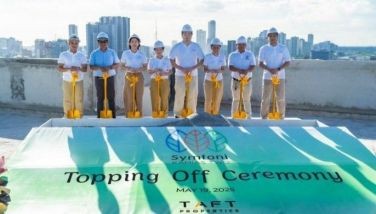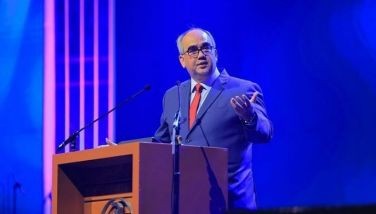Cebu Pacific Q2 profit: P1.3B (down 51% y/y)

Cebu Pacific [CEB 27.85, up 0.2%; 64% avgVol] [link] reported a Q2 net income of P1.3 billion, down 51% y/y from its Q2/23 net income of P2.7 billion. CEB’s H1 net income of P3.5 billion is down just 5% y/y. CEB generated P26.1 billion in Q2 revenue (+15% y/y) on a passenger volume of six million (+10% y/y). While CEB declined to provide its Seat Load Factor (SLF: passengers/seats flown) for Q2 as it has in previous quarters, its Quarterly Report shows an H1 SLF of 85.3%, which is higher than H1/23’s 84.8%, but lower than the 86% it registered in Q2/23 and the 90% it reported back in the pre-pandemic CEB golden age of 2019. CEB splits its income into three streams (passenger, cargo, and ancillary), and all three generated increases on an H1 basis. Passenger revenues were up 18.4% to P5.55 billion on what the management team called an “overall increase in travel demand.” Cargo revenues were up 31.9% to P2.64 billion, driven by a 26.8% increase in cargo volume and higher service prices. Ancillary revenues were up 14.8% to P1.70 billion, thanks largely to the increase in passenger volumes.
MB bottom-line: CEB’s record quarter in terms of passengers was partially undone by forex losses, higher financing costs, and leasing expenses, and its stock price is basically at/near its all-time lows. It hit the market at P125.00/share back in 2010, and while it’s never really traded organically at that level (the price was down 25% after just one quarter), it was flashing signs in the 2016 through 2019 period that it could possibly trade higher. Of course that all ended with COVID. CEB’s stock price tanked from its pre-COVID 2019 level of around P90/share to its post-crash P35.00/share level. While CEB and its main regional rival, Philippine Airlines [PAL 5.20, down 2.8%; 5% avgVol], used different tactics to survive the business plan carnage of COVID-era flight restrictions and the post-COVID fuel price surge, both are facing the same constraints on growth (lack of planes and lack of spare parts) and profitability. CEB was a huge component of my pre-COVID “growth of the middle-class thesis”, but after eating a large COVID loss and resetting my brain to try and erase those attached emotions, I still can’t personally find a re-entry point that makes me feel comfortable and confident. I like the company’s management team and its positioning as a low-cost carrier in a cost-conscious country of conspicuous consumers, but I don’t like holding the bag when the company’s external risks (fuel, forex, etc) rise up and evaporate profits. Interestingly, even if we imagined a world that was full of new planes for CEB to buy and it was able to take delivery of a hundred new planes this year, the risk profile still doesn’t change. As a low-cost regional/international carrier, CEB will always be vulnerable to fuel price spikes and foreign exchange risk.
---

Merkado Barkada is a free daily newsletter on the PSE, investing and business in the Philippines. You can subscribe to the newsletter or follow on Twitter to receive the full daily updates.
- Latest

























